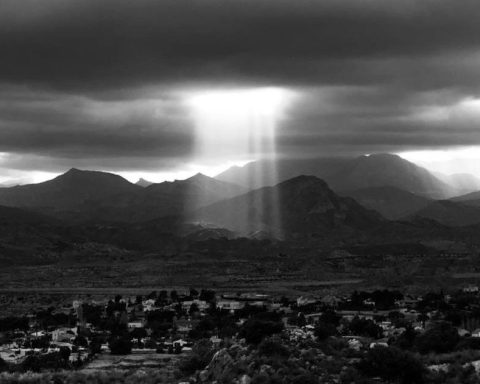Reducing inequality, hand in hand with poverty rates and better living conditions, is one of the main goals that Colombia has set in different areas. The World Bank presented a report, ‘Towards the construction of an equitable society in Colombia’, in which it indicates that the country is among the most unequal in the world.
(See: 40% of micro-business owners are in poor households).
In 2019, prior to the pandemic, the level of inequality in Colombia measured by the Gini coefficient (0.53), It was the highest of the OECD countries, and also ranks as the second highest in the region, only surpassed by Brazil.
But although this situation was already structurally present in the country before the arrival of the covid-19 crisis, the impact has further increased inequality, pushing the Gini coefficient to 0.54 in 2020 and dragging around 3.6 million more people into poverty.
(See: 53% of Colombians do not want to continue in remote work).
According to the World Bank, it would take Colombia at least three and a half decades to reach the average level of inequality of the OECD countries.
However, the main challenge that the country could have could be associated with social mobility between generations. According to the World Bank document, “Colombia has one of the highest persistence rates of inequality between one generation and the next”, which means that the living conditions of parents and how they are passed from one generation to another impact the levels of inequality of their children.
(See: 43.9% of heads of household in the country feel that their economy is worse).
This is due to elements such as intergenerational persistence in terms of income. According to World Bank statistics, among the 75 countries for which data on intergenerational income persistence are available, Colombia ranks first. “If a parent earns twice what another parent earns, their child will earn on average more than twice as much as the child of the lower-income parent”, highlights the document.
The World Bank even points out that in the Colombian case, the contribution of parents’ education to children’s income is higher than in countries with similar income levels. Another point is related to the positive influence of the parents’ educational level on their children.. To the point that, among 146 countries included in the World Bank’s Global Database on Intergenerational Mobility (GDIM), Colombia ranks 122 in the persistence of education across generations, and ranks equally low in educational mobility .
(See: Economic sectors of the country with potential and on alert for 2022).
According to the analysis of the multilateral organization, in the country, if a person is born to parents who are in the lower half of the scale of educational attainment, their probability of reaching the top 25% of educational attainment is only close to 10%. Mark Thomas, director of the World Bank for Colombia, Mexico and Venezuela, assured during the presentation of the report that “Colombia is one of the countries in which inequality is more persistent from one generation to another, where the education and income of parents determine to a greater extent than in other places the educational and income opportunities of their children”.
(See: Products that are becoming scarce worldwide).
The entity also highlights that the incidence of inequality due to these factors in Colombia is stronger than in other countries.
OTHER DIMENSIONS
In addition to inequality in income and education, there are other social spheres that affect inequality and affect specific groups. Poverty rates are significantly higher in rural, migrant, indigenous, and Afro-descendant households.
“A Colombian born in Chocó is five times more likely to be born into poverty than one born in Bogotá. Similarly, a woman in Colombia is 1.7 times more likely to be unemployed than a man. An indigenous Colombian achieves an average of two years less schooling than a non-indigenous one ”, the report indicates.
María Eugenia Dávalos, senior economist at the World Bank and one of the report’s directors, explained that “One of the main assets a household has is human capital, such as education and health, but there are also other assets such as financial and social capital. People use these assets to participate in the labor market and thus generate income for a decent life “.
According to the economist, the pandemic brought with it a series of shocks that have the possibility of exacerbating inequalities, thus hitting families with lower incomes or with prevailing conditions of inequality with greater force.
BRIEFCASE
















